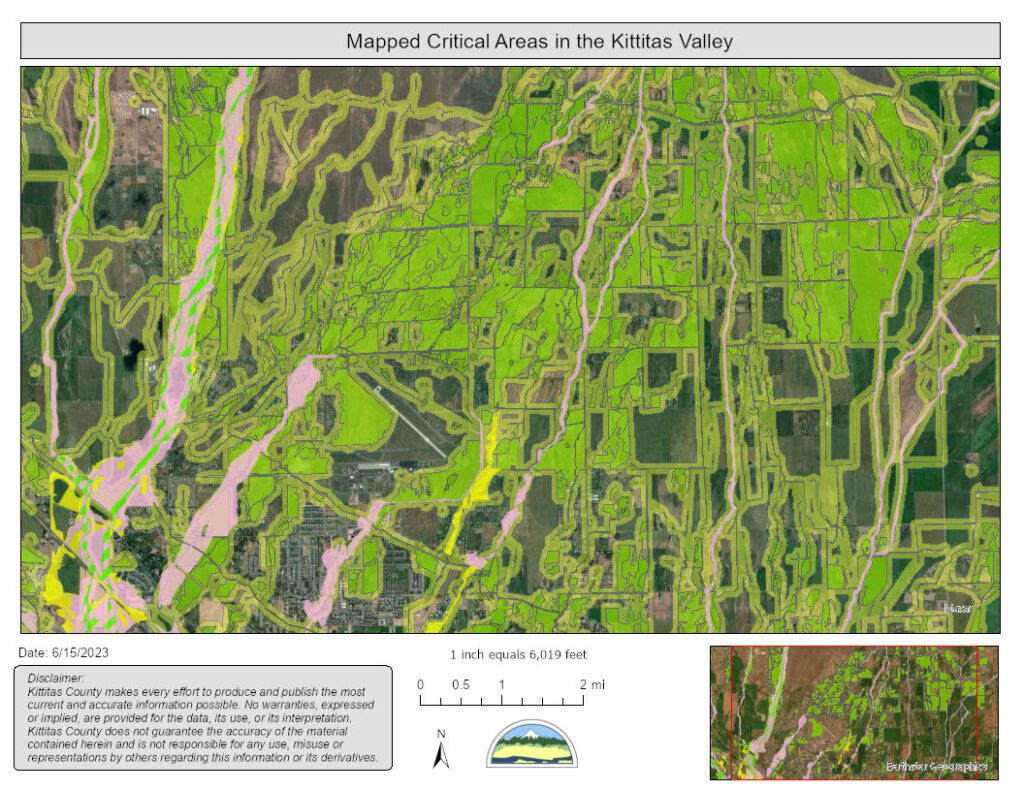Not all may be as it seems…..
When you buy an existing house, aren’t you interested in having it inspected? Wouldn’t you like to know if the roof leaks, if the wiring is up to code and whether the plumbing works?
Of course you would! It’s called “due diligence.” It’s hard to imagine a scenario in which one would buy a home without a professional evaluation. Who wants to invest hard-earned income in a lemon?
Unfortunately, property sales can take place without an inspection regarding the risk imposed by wetland and stream “Critical Areas (CA).” Wetlands and streams are environmentally sensitive areas protected under city/county codes as well as state and federal law.
Since a seller is not required to complete an CA inspection, it is up to the buyer to research this issue prior to making an offer. Sellers tend to gravitate toward buyers who don’t mention CA. In other words, a seller may ignore or refuse to accommodate a buyer request that a CA inspection be completed because it can reduce the property value if something adverse is uncovered. They would rather go for the easy sale with no questions asked. Ignorance is bliss, as the saying goes….
Buyer Beware. Do your research. Local jurisdictions offer online parcel maps which suggest where wetlands and/or streams may be present (for example, click here for Kittitas County, here for Ellensburg, and here for Yakima County). However, if you read the small print, you will quickly realize these maps are not considered as definitive for several reasons, including the fact that they are based on historic aerial infrared imagery (sometimes decades old) that can’t tell the difference between a natural wetland versus irrigated pastureland or even an ornamental landscape pond.
In reality, CA might be larger or smaller than mapped – or, even absent! Only a professional site investigation/inspection can determine the existing environmental baseline.
One thing is certain; if CA are mapped on a parcel, you could have a future permitting challenge on your hands if you plan on building something (house addition, pole barn, road, propane tank pad, etc). Where regulated CA like wetlands or streams are present, their regulatory protective offsets (“buffers”) can extend up to 200 feet or more from the critical area boundaries. This can significantly limit where constructed can occur – and perhaps even preclude the land from practicable development. Look at the map I uploaded for this blog. You can see how much of the Kittitas Valley floor is mapped as CA!
Don’t get lemoned. If you discover that CA is mapped on that “dream property” you want to buy, how can you limit your risk?
Share the results of your research with your realtor. Consider making an offer with a contingency that a CA inspection be completed. Who pays for the inspection can be negotiated. If the seller refuses, and you are still interested, then have a professional complete a preliminary risk assessment for the property before you make an offer. The assessment would be based on publicly-available data such as soils, terrain, LIDAR, historic satellite imagery, county critical areas maps, a drive-by visual, regulatory feedback, and professional judgment. The preliminary results would not suffice for permitting and data limitations would be disclosed, but at least it would assist the buyer in balancing risk against the allure of the property.
If you would like a CA investigation or risk assessment to be completed, download a Client Information Form and email it to me. I even offer remote consultation by the hour, should that serve you better.
Should you have any questions, feel free to contact me. Cheers! GG

